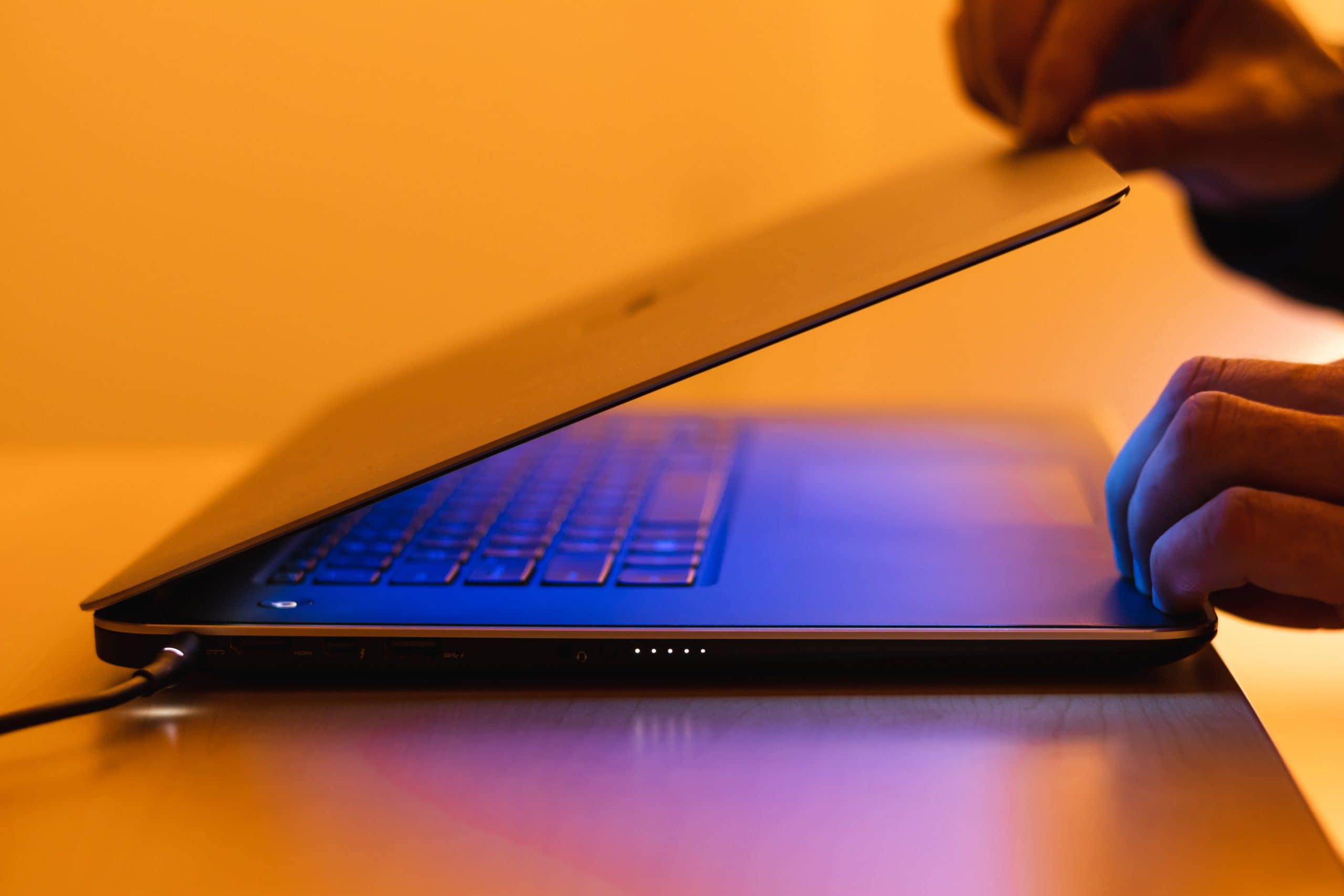Artists have always sought to protect their work, no matter what the medium, from unauthorized reproduction and sale. In the digital media space, companies have been converting art into “minted, ”non-fungible tokens” or “NFTs”: unique, digital replicas or tokens, that are housed on the “Blockchain” and can be purchased with cryptocurrency. How can companies ensure that they are appropriately using an artist’s work when promoting the sale of NFTs on the Blockchain? The simple answer: by way of an NFT artist agreement.
What Terms Must an NFT Artist Agreement Include?
The parties to an NFT artist agreement include the artist and the NFT minter. These two parties may also be termed, in the context of an NFT artist contractor, as “Independent Contractor” and “Company,” respectively. In a typical scenario, the artist would grant the minter the authority (or license) to use her/his art (or other work product) to create an NFT collection. Their legal relationship is often one of “work-for-hire,” the terms of which should be spelled out in a written agreement between the parties. In fact, the agreement should include, at a minimum, the following provisions: 1) services to be performed by the independent contractor, 2) compensation, 3) legal ramifications of the “work-for-hire” relationship, 4) term of the agreement, and 5) limitations of liability, among other concerns.
Understanding the Work-for-Hire Relationship
A work-for-hire scenario involves work created by either an employee as part of her or his job, or an independent contractor (or artist, in this case), where all parties agree in writing that the work created by such an individual should be considered a work-for-hire. As a result, the work product is considered authored by the company (or other party hiring the independent contractor/artist) for copyright purposes, rather than the subject artist/contractor.
The language contained in an NFT artist agreement will determine the parties’ relative rights to the artist’s work product. A company may commission an artist to create art for an NFT collection and then often obtain copyright and trademark rights to the underlying artwork as part of the NFT artist contract. Without language identifying these rights, the company may face obstacles and serious limitations when attempting to sell or further commercialize any derivative works based on the NFTs.
Please note that a work for hire relationship can be a complicated one and must include certain legal elements to be effective. These necessary elements, when drafted by experienced NFT attorneys, serve to protect a company’s interests and rights to sell NFTs (and related IP rights) in the future.
If you are interested in learning more about this topic or require assistance in connection with preparing an NFT artist agreement, please e-mail us at info@kleinmoynihan.com, or call us at (212) 246-0900.
The material contained herein is provided for informational purposes only and is not legal advice, nor is it a substitute for obtaining legal advice from an attorney. Each situation is unique, and you should not act or rely on any information contained herein without seeking the advice of an experienced attorney.
Attorney Advertising
Photo by Greg Rosenke on Unsplash
Related Blog Posts:
Do You Need An NFT Owner Agreement?




